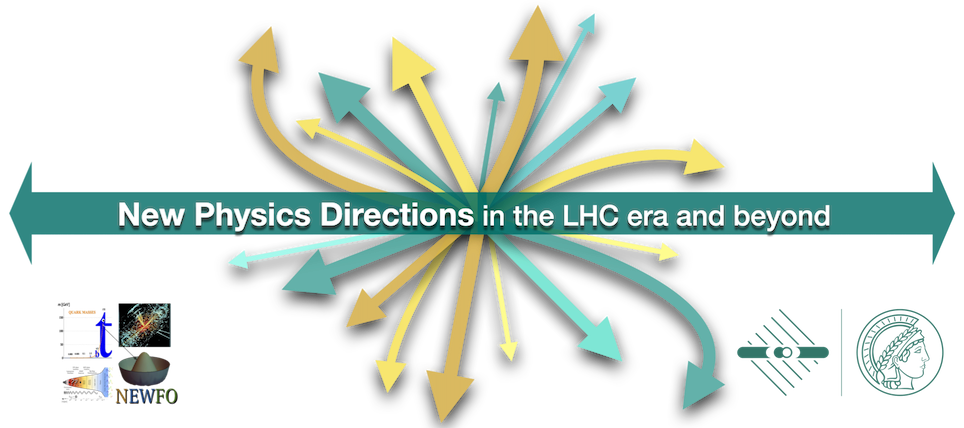Speaker
Description
We assess the complementarity between colliders, direct detection searches, and gravitational wave interferometry in probing a scenario of dark matter in the early universe. The model under consideration contains a $B-L$ gauge symmetry and a vector-like fermion which acts as the dark matter candidate. The fermion induces significant a large dark matter-nucleon scattering rate, and the $Z^\prime$ field produces clear dilepton events at colliders. Thus, direct detection experiments and colliders severely constrain the parameter space in which the correct relic density is found in agreement with the data. Nevertheless, little is known about the new scalar responsible for breaking the $B-L$ symmetry. If this breaking occurs via a first-order phase transition at a TeV scale, it could lead to gravitational waves in the mHz frequency range detectable by LISA, DECIGO, and BBO instruments. The spectrum is highly sensitive to properties of the scalar sector and gauge coupling. We show that a possible GW detection, together with information from colliders and direct detection experiments, can simultaneously pinpoint the scalar self-coupling, and narrow down the dark matter mass where a thermal relic is viable.

